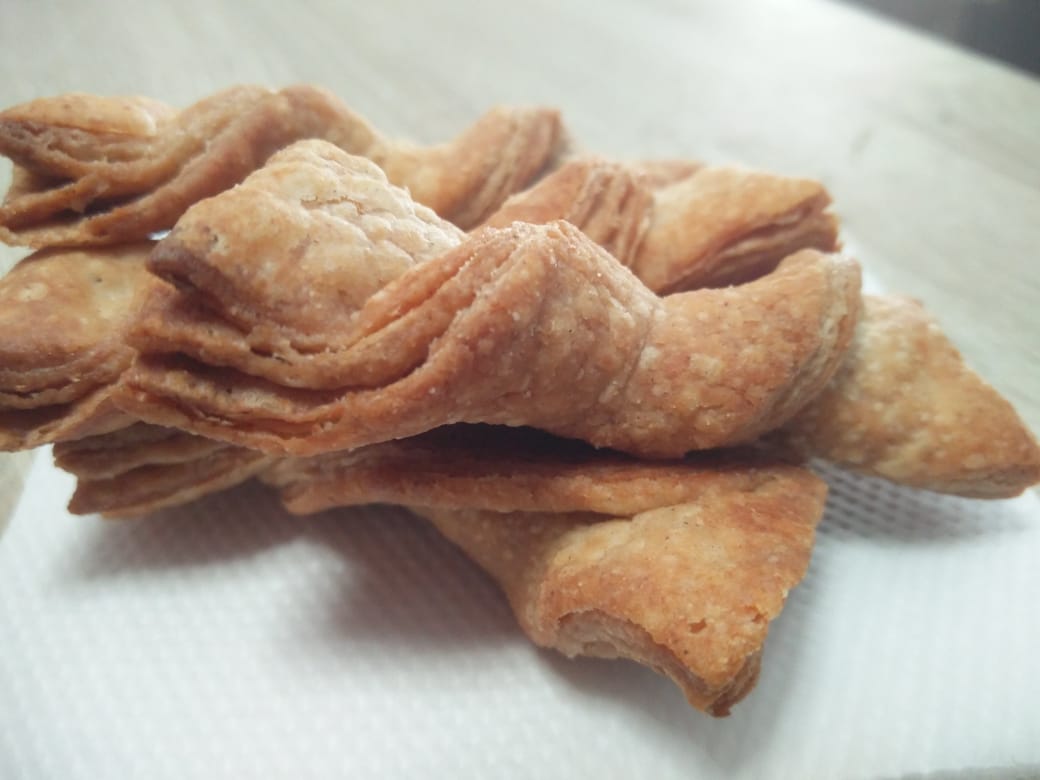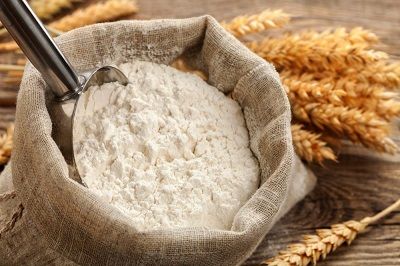It’s not an ordinary story it’s a “Millet Story”!
Following the western model of development, India and other developing nations have lost out on a lot of useful and meaningful things. Food habits have been one of the biggest changes. We are quickly forgetting our indigenous foods and chasing standardization.

In India, millets have been mentioned in some of the oldest Yajurveda texts, identifying foxtail millet (priyangava), Barnyard millet (aanava) and black finger millet (shyaamaka), thus indicating that millet consumption was very common, pre-dating to the Indian Bronze Age (4,500BC). Even until 50 years ago millets were the major grain grown in India. From a staple food and integral part of local food cultures, just like many other things, millets have come to be looked down upon by modern urban consumers as “coarse grains” – something that their village ancestors may have lived on, but that they had left behind and exchanged for a more “refined” diet. Unfortunately, this said refined diet lacks the nutrients critically important for us (food should be as local and wholesome as possible).
Following the western model of development, India and other developing nations have lost out on a lot of useful and meaningful things. Food habits have been one of the biggest changes. We are quickly forgetting our indigenous foods and chasing standardization. Millets too have been discarded as being too primitive to be used, forgetting the roots. These changes, coupled with state policies that favour rice and wheat, have led to a sharp decline in millet production and consumption. Before the Green Revolution, millets made up around 40 percent of all cultivated grains (contributing more than wheat and rice). However, since the revolution, the production of rice has increased doubly and wheat production has tripled.
We at Millet thought…”HOW TO BRING BACK OUR OWN ANCIENT RICH FOOD CULTURE....TO BUILD THE HEALTHY NATION”. We started thinking about it and brought our first Product KompliFood in 2018 which is made of Nutritionally Rich millets like Finger Millets, Foxtail Millets, Pearl Millets Jowar, Barley and other nutritionally rich ingredients like Green Gram, Puthana. To balance the nutritional values that are demanded by our body, other important ingredients like Cashews, badam, Sago, Dry Ginger, Walnut and Cardamom have been used in the right proportion.
Then in 2018 we ventured into ZERO MAIDA, ZERO TRANS FAT Cookies keeping Health and Hygiene in mind. In 2020, COVID made people re-think on their modern lifestyle and made them more health conscious. So we thought about what all we can bring using millets. For more than 100s of years, all over the world, Bakery Items like - Breads, Cakes, Muffins, Buns, Burgers, Pizza are being made using ONLY MAIDA or refined flour. We thought about bringing NO / ZERO MAIDA Bakery Products & the “Millet Story” to is born with 2000 sq. ft production facility.
Our team consists of Dr. S.H. Kulkarni, Cellular Nutritionist (is 2 times Rastrapati Award recipient), Raghavendra Itagi (20 years of Ind. Exp), Sagar Parkhe (10+ years of Ind. Exp & is the owner of Strawberry winery), Pratibha Itagi (10+ years of Ind. experience) and other Bakery consultants.
Our Vision is to bring awareness about our ancient nutritious millet culture through ready to eat food products. To start the Millets movement through which more and more people start consuming Millets & stay healthy and to make "MADE IN INDIA for your wellness" proud worldwide
Let us all lend our hands towards this change. Let’s empower these micro entrepreneurs. We are just a click away, ready to serve you and empower these micro entrepreneurs.
Bharatrath! Bharat ki Dukan



